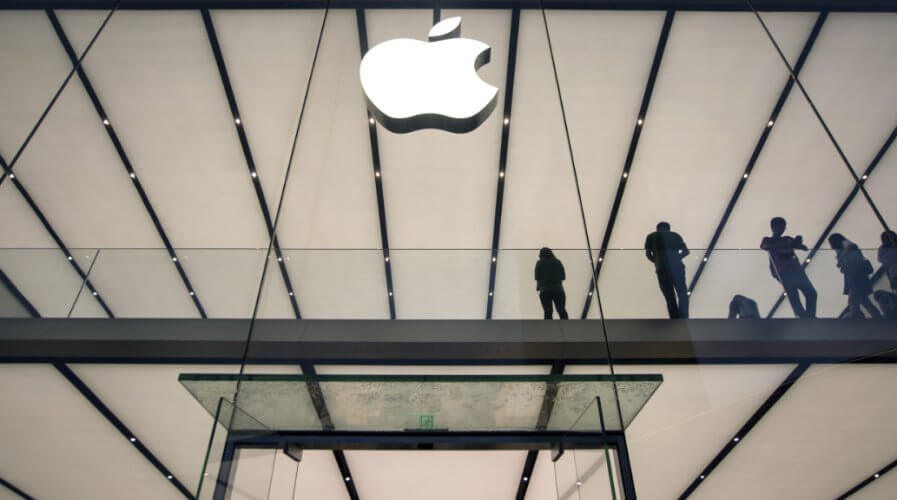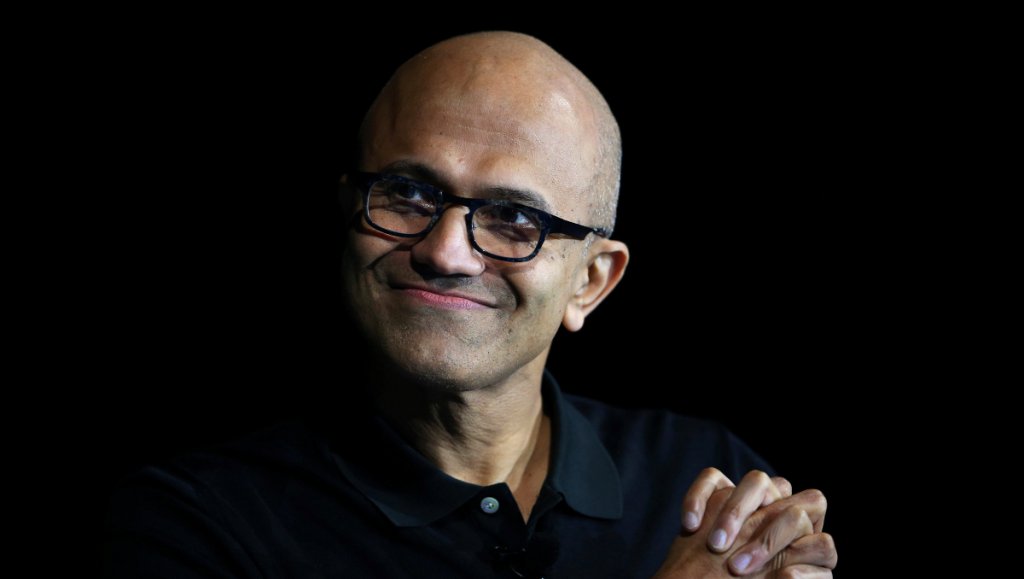
Can Apple make a return to the enterprise’s endpoints? Source: Shutterstock
Is it time for Apple in the enterprise?
AS THE NEWS that General Electric, one of America’s biggest companies has standardized its mobile computing platform on iOS, is it time to consider Apple’s other offerings for the enterprise?
Apple has historically had little interest in the business market. Apple “fanbois” (die-hard fans) usually point to the company’s discontinuation of the Xserve as the point at which Apple gave up the ghost on any pretensions it may have had on being an important player in the business sector.
Microsoft Windows has always been the go-to operating system for work desktops and laptops across much of the world, but Google’s Android, by numbers, is now the world’s most common operating system – if that is, we consider our smartphones and tablets to be portable computers, rather than telephones.
The other main alternative for endpoints, Linux, has had a mixed history, with the local government in southern German city Munich recently turning its back on the open source project beloved by the political left in the region.

Munich, Germany. An experiment with local gov’s use of Linux is officially at an end. Source: Shutterstock
In the server rooms of the world’s cloud and supercomputing cluster providers, Unix/Linux dominates, with Microsoft’s server products only used in 32 percent of servers.
But most users at their desks today are looking at Windows operating systems. How long this continues, however, may be set to change.
GE follows the lead of IBM in allowing the deployment of Macs to its end users and has pointed to the lower maintenance costs and decreased IT support staff costs over the life of an Apple device.
Last year, the company claimed that only five percent of its Mac user base called a helpdesk, compared to 40 percent of Windows users. The company has a team of only five administrators overseeing over 90,000 Macs, with a TCO of a Mac over four years of US$273, compared to $543 of a comparable Windows PC installation.
Figures like those may have been available for many years, but it is thought that many IT managers did not act on them for several reasons:
- Legacy and embedded systems relied on Windows desktop-based installations.
- Initial purchase costs: Macs are more expensive than their Windows PC counterparts, byte for byte.
- Staff training costs: end users would need retraining to use their new desktop OSes.
Cynics among the pro-Apple camp also point to what they perceived as territorialism: CTOs, with an eye on their workplace real estate and remit (not the bottom line), were opting for deployments which increased the IT department’s power and scope. More staff and more systems were needed to support an inferior operating system!
Whether or not that was true is debatable, but time has a habit of altering situations in unforeseen ways. Undercurrents emanating from consumer tech have influenced enterprise IT in recent years, making the objections, above, to Apple in the enterprise less significant.
People really hate Microsoft Edge.https://t.co/fzxLjVlNLK
— Jez☕ (@JezCorden) November 24, 2017
Why on Earth does Windows not automatically uninstall the Windows 10 Upgrade Assistant? It's not like you're going to need it again…
— Paul Schaefer (@pschfr) November 23, 2017
Apple’s ubiquity in the consumer market has made the need for staff retraining in the Apple “experience” less important, especially as the desktop Mac OS and handheld iOS have drawn much closer in recent releases, in terms of user experience and usage “vocabulary”. The Apple walled garden is no longer an exotic luxury, it’s everyday normalcy for many.
Additionally, as more critical infrastructure moves to the cloud, the web browser and the standalone smartphone app have become the standard working interfaces, not the OS-based locally-installed application. Even Microsoft’s Office suite, the mainstay of the enterprise end user, is now web-based in its “365” incarnation.
While it’s difficult to point at a single direction that a company as large as Microsoft is headed, its position as the US’s fastest growing cloud infrastructure provider leaves little doubt as to a certain momentum developing.
In the desktop space, Microsoft’s malware-esque insistence on Windows 10 upgrades pestering end users has been a source of massive annoyance to IT administrators around the globe. The use of the update/security channel on endpoints’ operating systems for a marketing drive is as dubious as it is resented by IT professionals.

Satya Nadella, Microsoft CEO, is moving his company’s focus to the cloud, rather than the desktop or server room. Source: Google
And at the same time that Microsoft seems to be taking its eye off the desktop operating system, Apple’s laptop design and positioning as a desirable luxury, rather than a computing workhorse, continue to influence users.
Additionally, iOS 11 arguably turns the latest iPads into powerful workplace computers, achieving the laptop/tablet morphosis that the Surface fails to achieve convincingly.
Of course, Apple desktops, laptops and iOS devices remain more expensive than their Windows- or Android-based competitors, but if that extra capital cost can be recouped, on aggregate, in terms of TCO, and staff are more than happy to switch to Apple, Microsoft’s dominance of the enterprise endpoint may be at a turning point.




